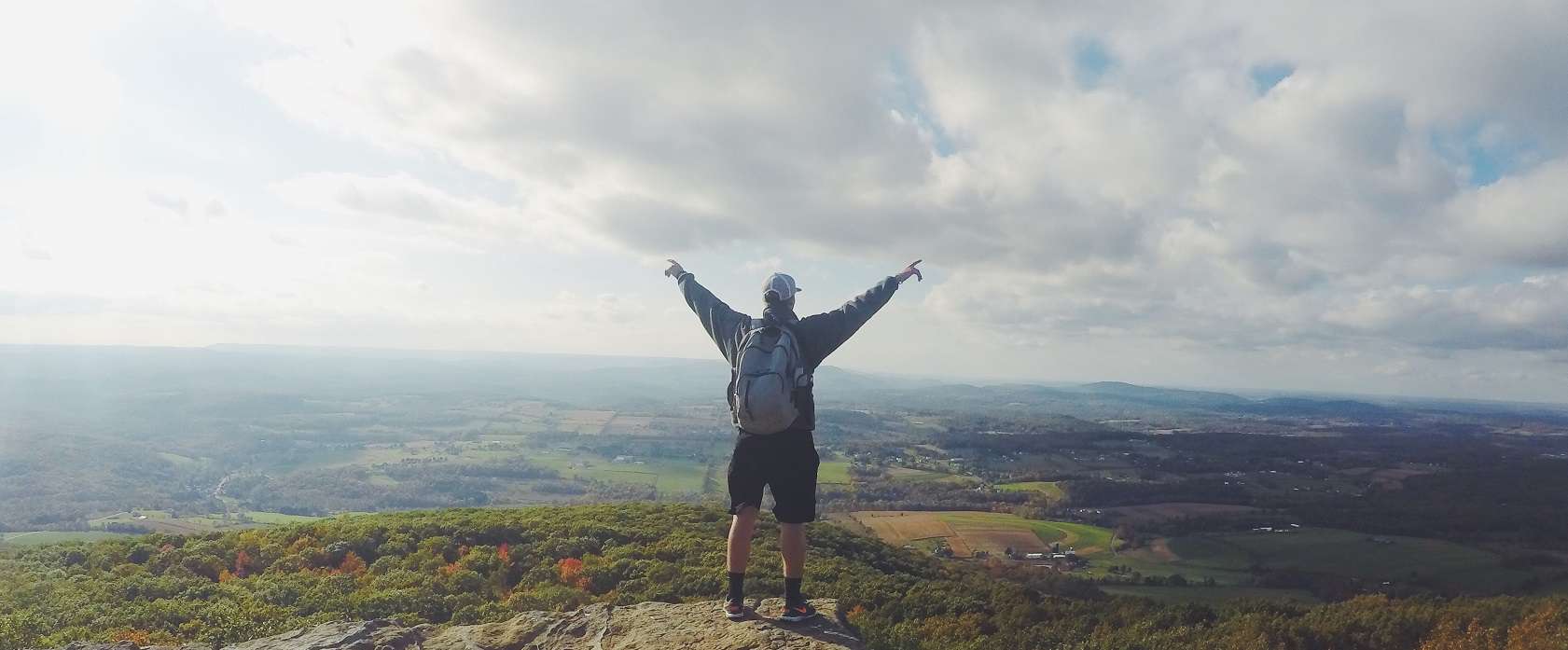Age, cultural bias and addiction to stress are key factors
The fact that most of my students are women has never been a concern of mine. That changed however one sunny Saturday afternoon, when during a meditation and relaxation workshop a slender gentlemen in the front row asked, “Why am I the only man here?” Meditation has so many physiological, mental and emotional benefits I’ve often wondered why everyone isn’t doing it, now I’m wondering why more men aren’t doing it.
Of the few men who have attended my meditation classes in the past, the majority are prodded by their significant others, injured or suffering from a stress related illness. Even my husband of nearly ten years didn’t try meditation until he started to break out in a “mysterious” rash on his upper torso.
After weeks of contemplating this issue as well as taking an informal survey among my family and friends, I feel that the major reasons why many men will wait until their relationship or their organs are in peril before taking a meditation class is more about age, cultural bias and addiction to stress than just being from Mars.
Western culture is still masculine in nature. Masculine energy is active, competitive, and aggressive. American’s love winners and doers, wage earners and the entrepreneurial spirit…American’s “do.” The average American works more than 40 hours a week not counting time spent on the cell phone, writing and answering emails and work done in and around the house.
When a man is between the ages of 20 and 55 he’s in what’s called “The Power Stage” of life. This is a very active and competitive stage in his life when he is asserting his independence by leaving home, building a career and/or starting a family. So his natural tendency to be active is enhanced if not compounded by a societal worldview that is masculine.
Typical images associated with meditation are of a person, usually a woman, sitting in a cross-legged position, the blue sky, a lotus flower or a mountain stream. While these images are meant to be perceived as peaceful and serene, from a masculine viewpoint these images impart the message that meditation is slow, passive, feminine in nature and boring. Unless he is coming to address a specific health issue, meditation may not be as attractive an option for stress relief as playing a sport, being with his peers or just being alone.
Another reason why more men aren’t meditating is addiction to stress. The anxiety to meet deadlines as well as competition with himself and others is not only a great motivator for getting things done but being in a state of “go-go-go” is considered normal. The adrenaline that is produced with this kind of stress feels like excitement, freedom and aliveness. Why else do men and women engage in extreme sports like sky diving and cliff jumping? Over time however, this stress-anxiety-adrenaline loop will slow him down, burn him out and is ultimately detrimental to his state of mind and wellbeing.
The juxtaposition between activity, adrenaline and societal norms and the perception that meditation is inactive, slow and feminine is a problem that needs to be addressed if more men are going to embrace meditation and feel good about doing so.
What most people don’t know and what the typical images related to meditation don’t depict is that meditation is an act of courage. One spiritual teacher describes meditation as “a revolutionary act.” Each time we sit for our meditation practice we are embarking on a heroic journey into the unknown places of our hearts and minds. We become warriors doing what is necessary to uncover what is false, unhealthful and untrue in ourselves and our experiences. Some days we emerge from our practice battered by our thoughts and torn by our emotions, but other days we are filled with the blue sky, the mountain stream and we are open like the lotus flower.
Meditation won’t change you into something that you are not. However, a thoughtful and diligent practice will uncover what is most real about you…a man who is focused, confident and peace-filled, master of the circumstances of his life and an asset to himself, his family and his society.
Photo Credit: Jake Ingle

